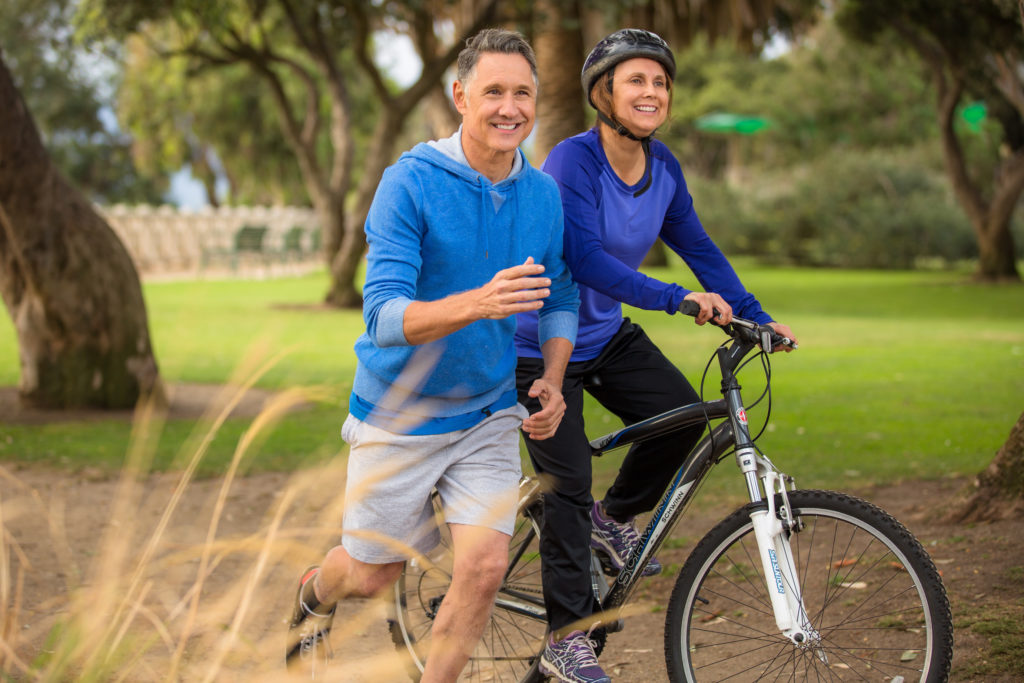Ronit Mor, NDDiabetes, or hyperglycemia, is a condition in the body that causes the levels of glucose (a type of sugar made from the carbohydrates in the diet) to rise higher than normal. Type 2 diabetes is the most common form of diabetes. Type 2 diabetes, sometimes called adult-onset or noninsulin-dependent diabetes, is a metabolic disorder that affects the way the body handles glucose. If someone is diagnosed with type 2 diabetes, it means their body doesn’t use insulin properly. This is called insulin resistance. The root causes which could trigger type 2 diabetes are lifestyle related, usually developing because of several factors, including: 
Diabetes is a growing epidemic. A 2017 report published by the Center For Disease Control and Prevention (CDC) states that more than 100 million U.S. adults are now living with diabetes or prediabetes conditions. The report further states that 30.3 million—or 9.4 percent of the American population—are diabetic and 84 million have pre-diabetes, a condition that if not treated, often leads to type 2 diabetes within five years. According to the American Diabetes Association, the total cost of diagnosed diabetes was an unbelievable $327 billion in the United States in 2017. People with diagnosed diabetes, on average, pay 2.3 times higher in medical expenditures than those without the condition. What is the conventional approach to type 2 diabetes? The pharmaceutical industry offers a number of medications formulated to help control blood sugar levels. However, the drugs do not address the root source of the condition—the environmental factors listed above which cause blood sugar problems in the first place—and are loaded with side effects, such as nausea, weight gain, urinary tract infections, pancreatitis, bladder cancer, heart failure and many more. Insulin injection is another form of treatment. While the dose of insulin can be adjusted in fine gradations to allow for more precise control of the blood sugar, if too much is used, then it can cause a blood sugar reaction. In addition, many people gain weight when treated with insulin. All of these factors can seem overwhelming to a person diagnosed with this condition, but the good news is that type 2 diabetes can be reversed through certain dietary and other natural methods. Can Paleo Diet help relieve symptoms of diabetes? With the staggering inflation of diagnosed diabetes in America, it’s crucial to understand that this condition can be prevented and reversed through natural methods. One such method is the Paleo Diet. It is based on foods similar to what might have been eaten during the Paleolithic era. Because the concept is modeled after what the cavemen would have consumed, the diet typically consists of lean meats, fish, fruits, vegetables, nuts and seeds. Foods that need to be removed from daily intake are refined carbohydrates (sugar, sweets, breads, etc.), grains, cow dairy, hydrogenated oils and processed foods. A study conducted at the Second University of Naples conveyed results showing that those who consumed a higher fat/low carb diet had improved diabetes control, showing better glycated hemoglobin (HbA1c) levels than those who consistently ate low fat foods. The Paleo Diet is more than just partaking of rich foods—it’s also about living an active lifestyle. The caveman achieved optimal fitness by hunting and gathering, proving that the body performs best when it remains active. A healthy combination of Paleo Diet and exercise can yield great results for those seeking to improve their diabetic status. WHERE TO START: A 5-Step approach to navigating your way back to healthy living STEP 1: Clean your diet Adopting the approach of maximizing the amount of nutrients you ingest rather than minimizing the number of calories, serves to supply your body the nourishment necessary to thrive, not just survive. Your body is designed to eat, break down, digest, assimilate and eliminate real food. While some processed foods may be enriched or enhanced with vitamins and minerals, they are rarely bioavailable to your body. Remember: when you eat real food that is vibrant and alive, you invite that vibrance into your own body. Whole foods are the key to your health. The majority of your diet should be unprocessed and unrefined, which means real food in its naturally occurring form. Food that has been grown and nourished from the earth rather than manufactured and sold in a package. Food that your grandparents would recognize (go as far back as 50-60 years ago, to a time where type 2 diabetes was rare, and not seen in children like it is today). So, how can you ensure that your nutritional choices are supporting your health? Click here to learn the five fundamental rules to turning your nutrition into the most powerful form of medicine. STEP 2: Lighten up your carbohydrates load Once you cleaned your diet, you need to improve your carbohydrates intake by reducing your total daily net carbs and eliminating the culprits that contributed to your condition in the first place. To achieve that, follow these guidelines:
STEP 3: Walk your body The American Diabetes Association says walking lowers the blood sugar levels and overall risk for diabetes. A 2005 study published in Diabetes Care confirms the long-term beneficial impact on those with type 2 diabetes who increase their physical activity, mainly by walking. Walking can also help people with type 2 diabetes avoid long-term complications, such as heart problems. To boost the impact of your nutritional transformation, start walking on a daily basis for 30-minute. Keeping a brisk pace could improve your body’s ability to use insulin as well as reduce stress levels. Step 4: Change your mind The quality of your existence rests on the quality of your internal and external communication. Recent studies show that severe prolonged stress and chronic negative thinking can compromise the immune system and lead to depression, fatigue, weight gain, cardiovascular conditions, and other ailments. A profound healing journey is only possible if you were to address not only your physiology but also your mindset and emotional state. Studies reveal that having a positive life orientation predicts good survival prognosis independently of subjective health. An upbeat attitude can in itself mobilize and stimulate your body’s self-repair mechanisms. The most simple way to start transforming your attitude is by implementing a daily affirmations practice. Affirmations are positive, specific statements that help you to overcome self-sabotaging, negative thoughts. They are like exercises for your mind and outlook; these positive mental repetitions can reprogram your thinking patterns so that, over time, you begin to think, and act, in a new way. Here are a couple of powerful affirmations to jumpstart your healing journey:
To learn more about how to transform your mindset, click here. Step 5: Be still Stress affects the body in a myriad of ways. For the person with type 2 diabetes, anxiety could have a direct impact on the blood sugar levels. Easing the mind can aid in the healing of the body, and one effective technique is through Mindfulness meditation. Mindfulness meditation is a non-judgmental awareness of thoughts and actions in the present moment. Inviting stillness, quiets the worries and fears, helps minimize anxiety and depression, and reduces insulin resistance. Research published in the Archives of Internal Medicine in 2006 reveals that meditation had significant beneficial effects on insulin resistance. To boost your healing journey, start a daily stillness practice. Even ten minutes a day would mean a lot for your mind-body! Here are a couple of short guided meditations to help ease your way into stillness: Deep Breathing Meditation View Video on Youtube Agape, Rev. Lee Wolak Personal Healing Meditation View Video on Youtube Agape, Rev. Lee Wolak And last, for a more personalized coaching and guidance on your healing journey, schedule an appointment with any of our featured practitioners. Comments are closed.
|
Archives
October 2022
Categories
All
|
|
FOLLOW US
|
RESOURCES
|
©2020-2024 Ronit Mor LLC. ALL RIGHTS RESERVED
All statements on this website have not been evaluated by the Food and Drug Administration. The content of this website is not intended to diagnose, treat, cure, or prevent any disease.
All statements on this website have not been evaluated by the Food and Drug Administration. The content of this website is not intended to diagnose, treat, cure, or prevent any disease.



 RSS Feed
RSS Feed
